- News
- Reviews
- Bikes
- Components
- Bar tape & grips
- Bottom brackets
- Brake & gear cables
- Brake & STI levers
- Brake pads & spares
- Brakes
- Cassettes & freewheels
- Chains
- Chainsets & chainrings
- Derailleurs - front
- Derailleurs - rear
- Forks
- Gear levers & shifters
- Groupsets
- Handlebars & extensions
- Headsets
- Hubs
- Inner tubes
- Pedals
- Quick releases & skewers
- Saddles
- Seatposts
- Stems
- Wheels
- Tyres
- Tubeless valves
- Accessories
- Accessories - misc
- Computer mounts
- Bags
- Bar ends
- Bike bags & cases
- Bottle cages
- Bottles
- Cameras
- Car racks
- Child seats
- Computers
- Glasses
- GPS units
- Helmets
- Lights - front
- Lights - rear
- Lights - sets
- Locks
- Mirrors
- Mudguards
- Racks
- Pumps & CO2 inflators
- Puncture kits
- Reflectives
- Smart watches
- Stands and racks
- Trailers
- Clothing
- Health, fitness and nutrition
- Tools and workshop
- Miscellaneous
- Buyers Guides
- Features
- Forum
- Recommends
- Podcast
TECH NEWS
First Ride: Merida Scultura Disc CF4
The Merida Scultura Disc CF4 is an efficient high-performance bike that’s also very comfortable, and the addition of disc brakes offers well-modulated power in all riding conditions.
Merida took me out to Kortrijk, Belgium, last week for the launch of the Scultura Disc bikes. As mentioned in our First Look, there are actually three different Scultura Disc frames: the CF4 and CF2 carbon-fibre models – I’ll come back to the differences between those two in a mo – and the aluminium alloy Lite.
I rode the CF4 version. We took in about a dozen sectors of the Paris-Roubaix cobbles, covering about 75 miles in total, and then we went out and rode for about 40 miles the following day, including the Oude Kwaremont and Paterberg climbs of the Tour of Flanders.
My bike was built up with a mainly Shimano Dura-Ace Di2 groupset with a Rotor 3D chainset, Fulcrum Racing Quattro DB wheels and 28mm-wide Continental Grand Prix tyres.
I’ll put my cards on the table straightaway: I really like this bike. It’s a top-level race bike, and it reacts and handles exactly like a top-level race bike should. On top of that, it’s very comfortable.
Whether or not you want disc brakes on a bike like this is certain to be a matter of debate, particularly after the UCI has suspended the use of disc brakes in the pro peloton, but the fact that you have them means there’s greater tyre clearance. The rim brake Sculturas have clearance for 25mm tyres while the disc models can take 28s. That gives you the option of putting a larger cushion of air between you and the tarmac – and, in my case over those two rides, cobbles – boosting the comfort further.
I rode the latest rim brake Scultura when it was launched last year and I was super-impressed with its combination of qualities. Stu was equally impressed when he reviewed the Scultura 6000 here on road.cc back in January.
“The Merida Scultura 6000 just feels right when you get on it,” he said. “The position, the ride, the comfort… it's one of those bikes that gives you the confidence to push it as hard as you want, knowing that it isn't going to bite back.”
I’d absolutely agree with those comments. Obviously, producing a disc-brake version of the bike is more than just a matter of sticking on some new mounts. The forces disc brakes put on the frame and fork are different from those of rim brakes, not least because those forces aren’t central, they’re concentrated on the non-driveside.
That has engineering implications but you’d hardly know it because, to my mind, the Scultura Disc CF4 rides a whole lot like the rim brake Merida Scultura Team that I rode last year. Until you touch the brakes you’d have difficulty telling them apart.
In terms of geometry, the stack (the vertical distance between the centre of the bottom bracket and the top of the head tube) and the reach (the horizontal distance between those two points) are virtually identical, the only significant difference being that the chainstays are a little longer on the disc model (408mm as opposed to 400mm).
I was riding the 56cm model with a 170mm head tube, and it felt like the aggressive setup of a typical race bike.
If that’s not what you’re after, the CF2, the second carbon-fibre model, is more relaxed and so is the Lite aluminium version. They each have a taller head tube – 20mm taller in the case of the 56cm model, giving a stack 20mm higher and a reach 6mm shorter. I’ve not ridden the CF2, but those figures are going to result in a position that’s still performance-orientated but a little easier on the back and neck.
Was the Merida Scultura Disc CF4 comfortable through the Trouée d'Arenberg? Nope, those cobbles are murder whatever bike you’re on. Paris-Roubaix is called the Hell of the North for a reason. But on more uniform cobbles and, more relevant, on rough roads it’s a smooth bike, especially compared with a typical hard-riding race bike. Granted, fitting 28mm tyres (if there’s space for them) to most road bikes would improve the ride quality, but the Scultura is a little special in the degree to which it can take the sting out of uneven surfaces.
The clever bit is that it does this while maintaining stiffness and efficiency. The Scultura feels every bit a full-on speed machine. It leaps into action when you jack up the intensity and makes super-steep climbs like the Paterberg feel, well, not easy, but a bit less difficult. If you’re prepared to invest the power you get a whole lot back in terms of speed and altitude.
One key feature of the carbon Scultura Discs is the Disc-Cooler, a forged aluminium component that’s attached to the chainstay under the rear brake. The CNC-milled fins are designed to dissipate heat.
Does it work? I have no idea. It makes sense from a theoretical point of view but the Paris-Roubaix route is so flat that you barely brake and the Tour of Flanders hills are really short. You’d need some big descents to put the Disc-Cooler to the test, and I didn’t have the chance to use the Scultura Disc CF4 on anything longer than a couple of minutes.
Does the Scultura need disc brakes? Over the Paris-Roubaix cobbles there’s no real advantage because braking is such a tiny part of the equation. Back in the real world, we’ve gone through the arguments for and against disc brakes countless times on road.cc and you doubtless already have views, so let’s not crack into the whole debate again now. Whether the undeniable improvement in the quality of the braking is worth the extra expense, weight, and so on, is a decision you need to make yourself.
The bottom line is that if you want a lightweight, reactive, and comfortable race bike, the Merida Scultura has loads to offer. If you want all that with the addition of disc brakes, the Scutura Disc makes an excellent case for itself.
Mat has been in cycling media since 1996, on titles including BikeRadar, Total Bike, Total Mountain Bike, What Mountain Bike and Mountain Biking UK, and he has been editor of 220 Triathlon and Cycling Plus. Mat has been road.cc technical editor for over a decade, testing bikes, fettling the latest kit, and trying out the most up-to-the-minute clothing. He has won his category in Ironman UK 70.3 and finished on the podium in both marathons he has run. Mat is a Cambridge graduate who did a post-grad in magazine journalism, and he is a winner of the Cycling Media Award for Specialist Online Writer. Now over 50, he's riding road and gravel bikes most days for fun and fitness rather than training for competitions.
Latest Comments
- Secret_squirrel 8 hours 2 min ago
Um...no. Spitting is grim and there is never any excuse.
- Another_MAMIL 10 hours 58 min ago
Q36.5 Gregarius Essential Bib Knickers fit the bill: 3/4 length bib tights for warm weather.
- Rendel Harris 11 hours 8 min ago
Jolly good. Only it hasn't been and it is still a public bridleway. Feel free to look it up.
- jaymack 11 hours 58 min ago
"...it feels more like a £100+ jersey". It's almost as if cycling apparel is over priced.
- mike the bike 13 hours 11 min ago
I've had a few Lezyne bits and bobs over the years and while it's true I've never bothered to return anything under warranty, I've had a couple of...
- mark1a 12 hours 14 min ago
There's a transition period. For the benefit in kind (BIK) tax to the employee, it will be treated as a goods vehicle as it is now (rather than a...
- hawkinspeter 13 hours 22 min ago
Parents say East Bristol Liveable Neighbourhood makes roads '100 times safer' for children:...
- mdavidford 13 hours 28 min ago
Isn't basically all carbon recycled? From stars?
- velodinho 14 hours 44 min ago
As witnessed at so many infrastructure improvement projects similar to this one, all those who object should ignore the consultation and pray at...
- Nagai74 16 hours 32 min ago
It's a DLO to those in the trade.







































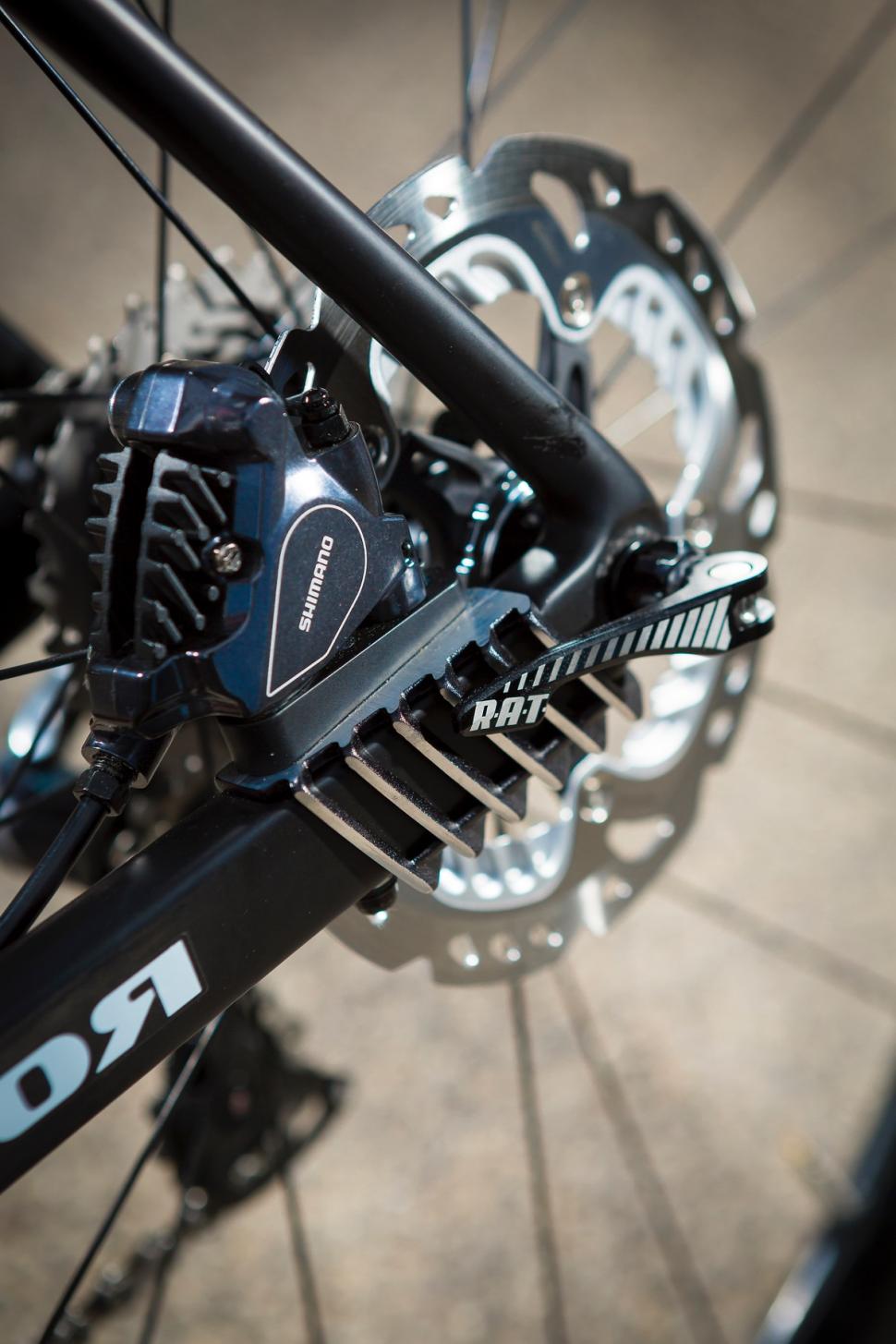


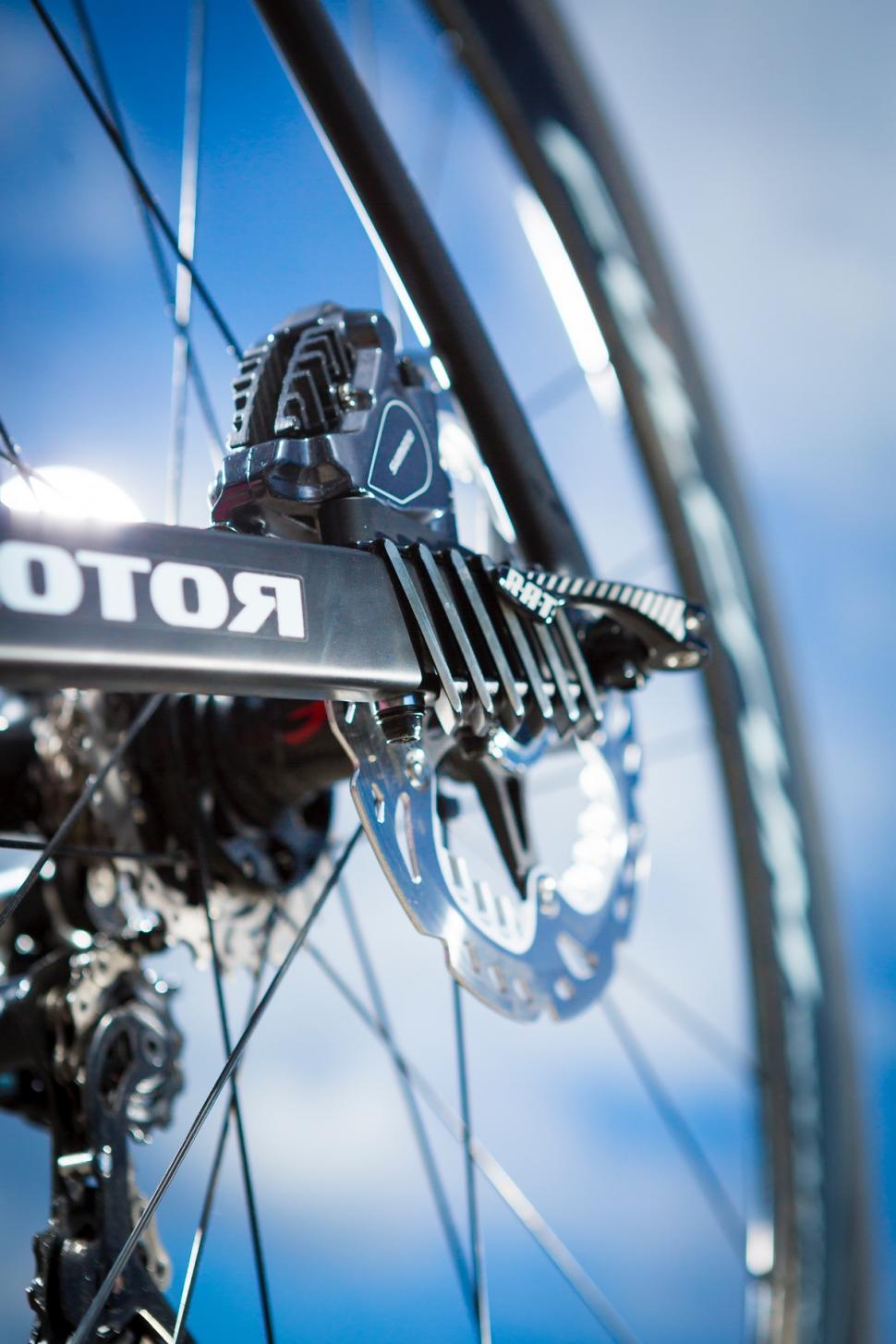
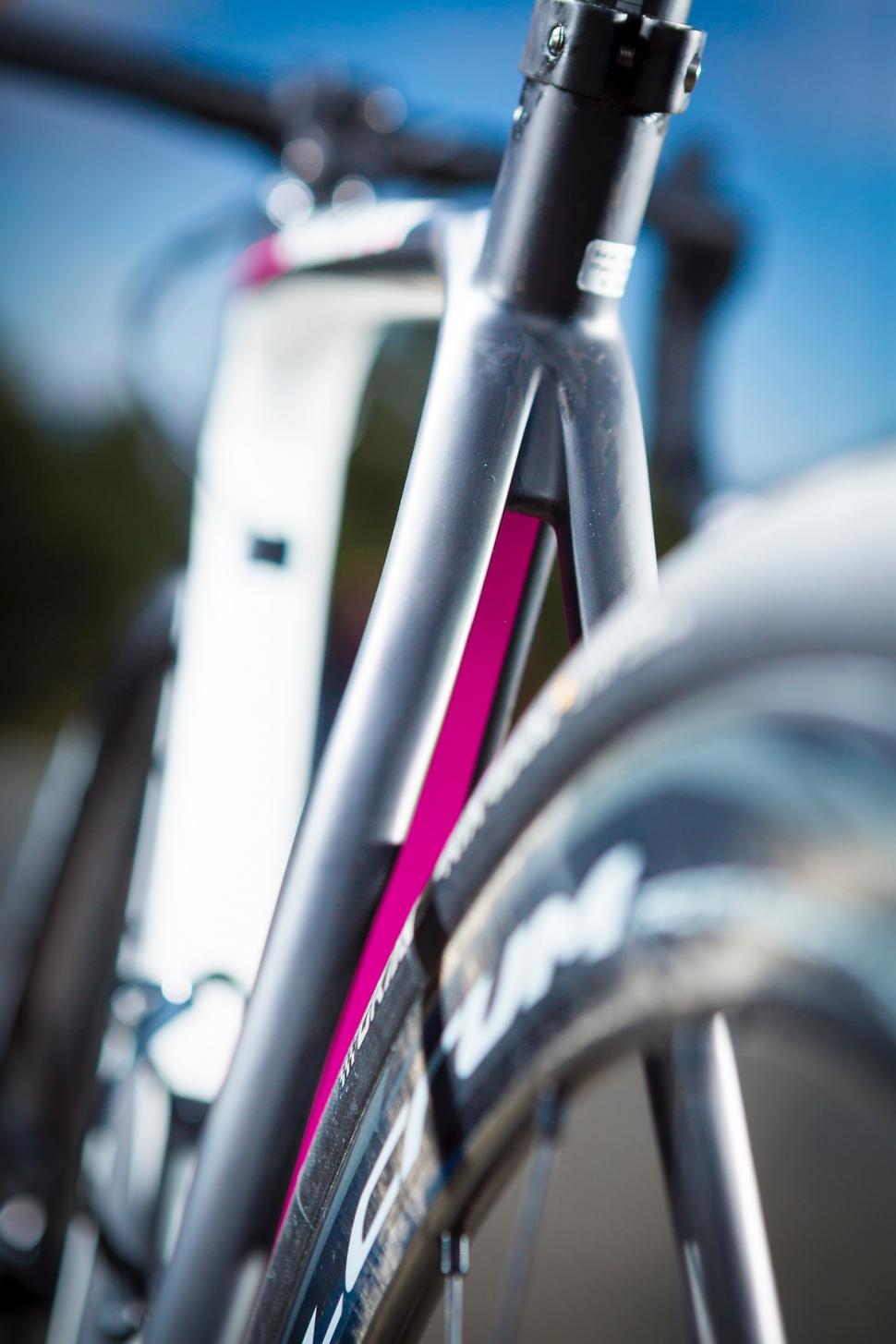

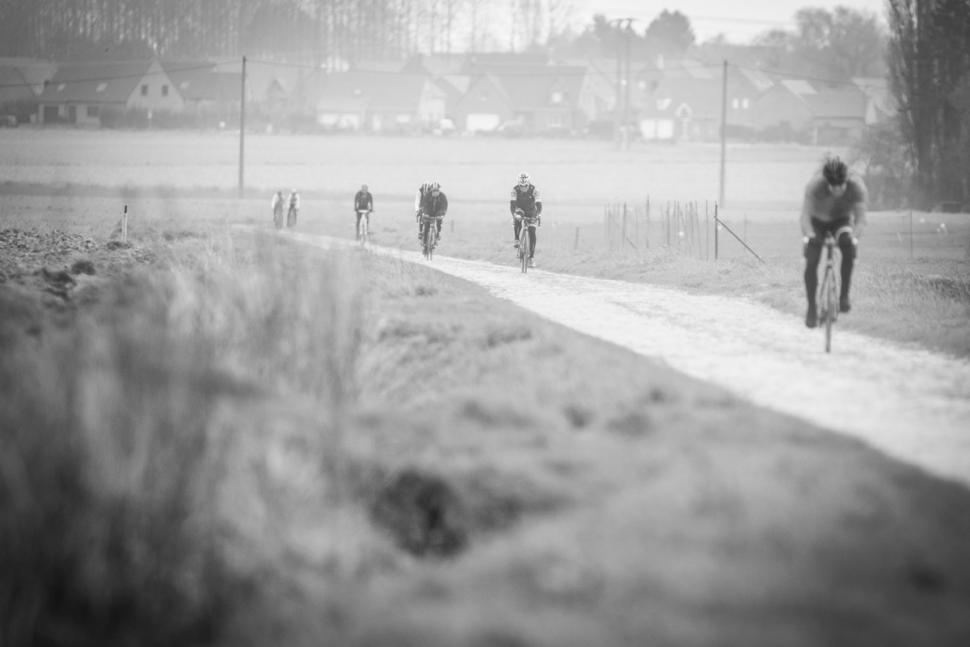
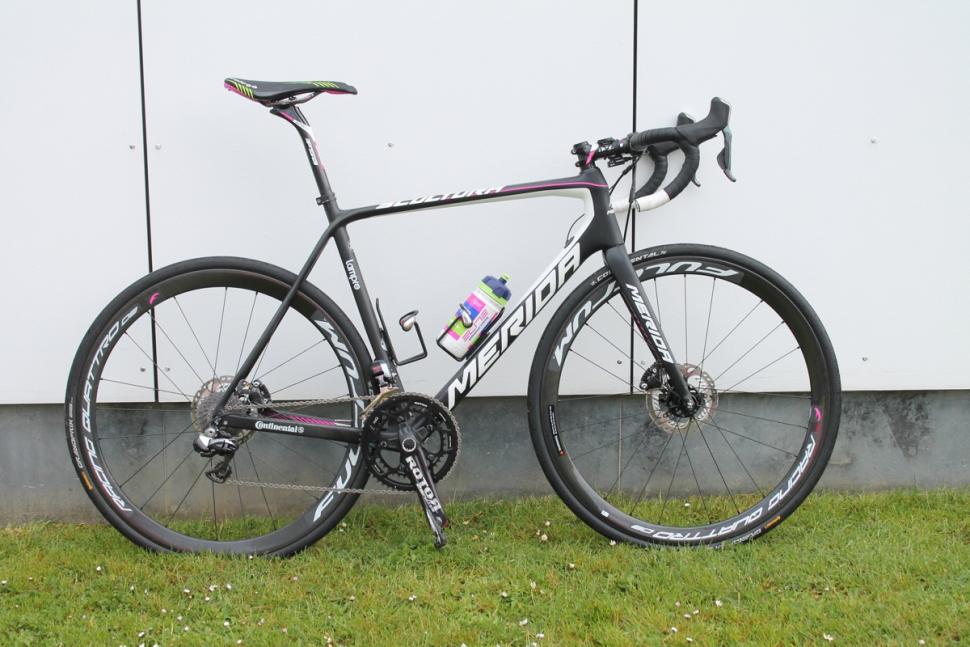
Add new comment
4 comments
I've never really liked the look of Merida bikes but this has changed that. Lovely looking machine!
Seems from the pictures that it has RAT thru-axle's front and back. Am I right?
Yep - as mentioned in the First Look they're Focus RATs.
... the "I quite like all the skin on my shin" posts are coming.